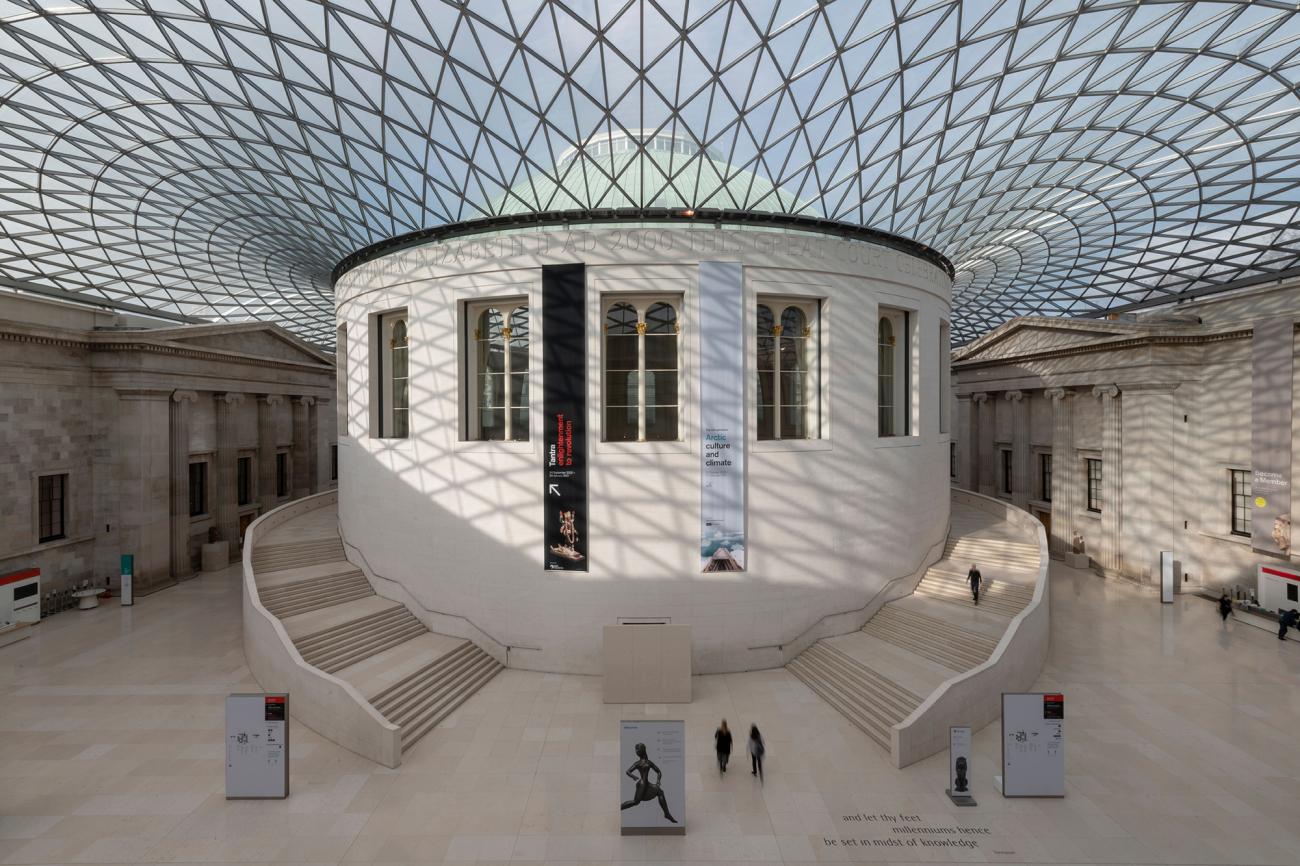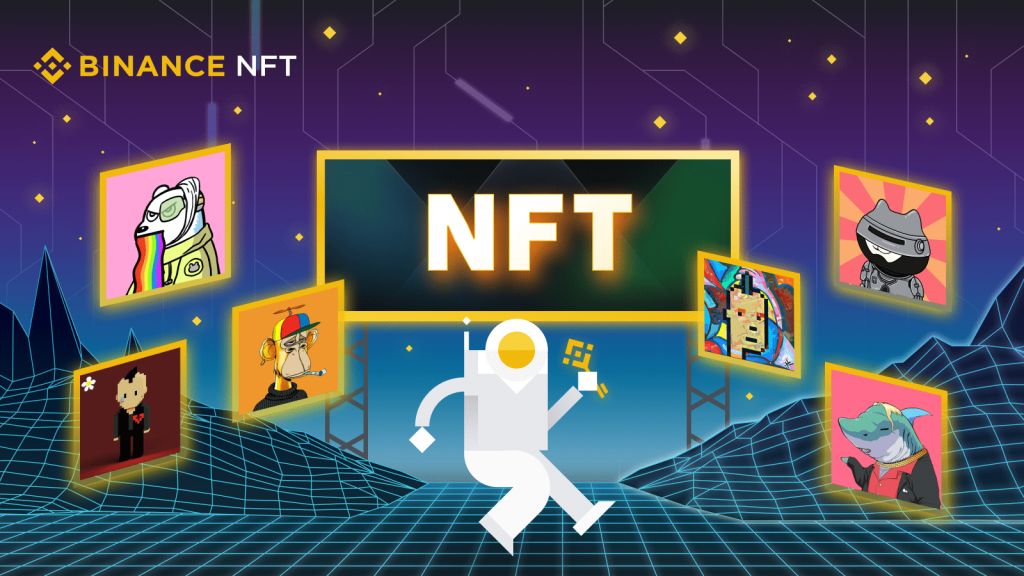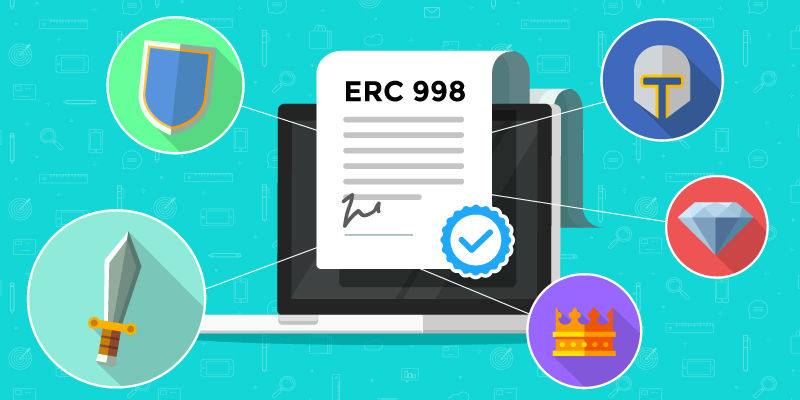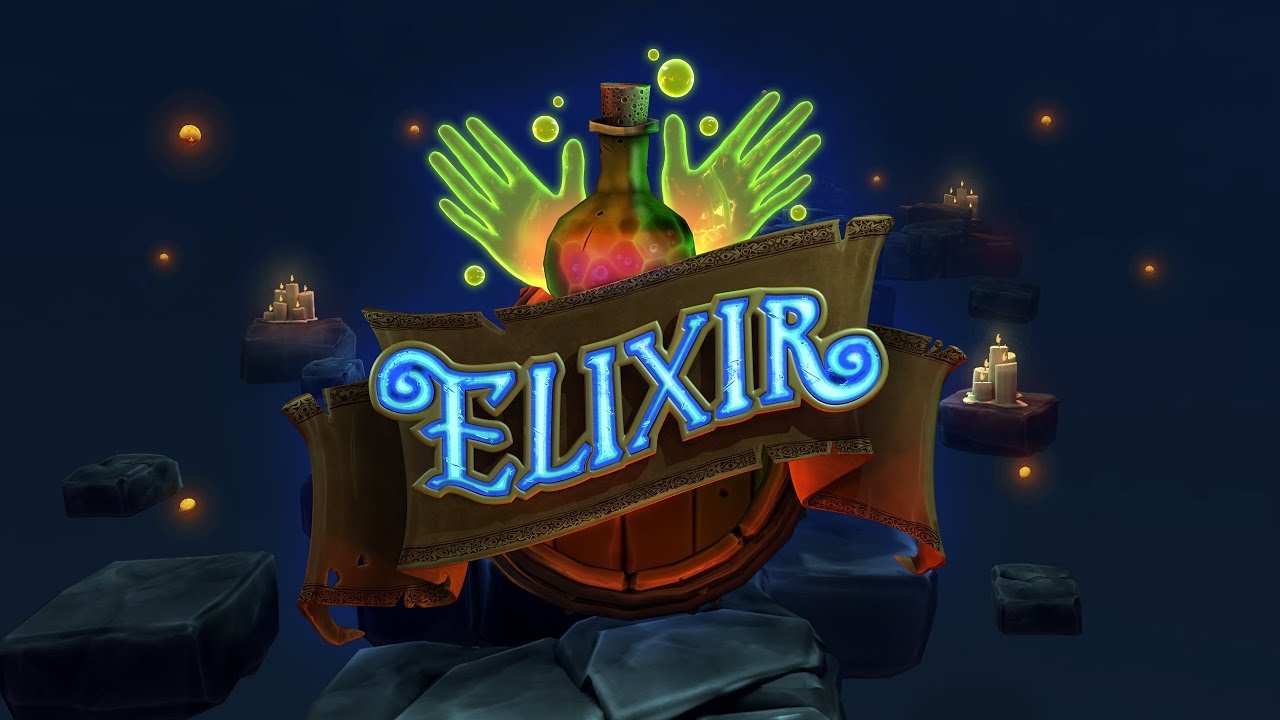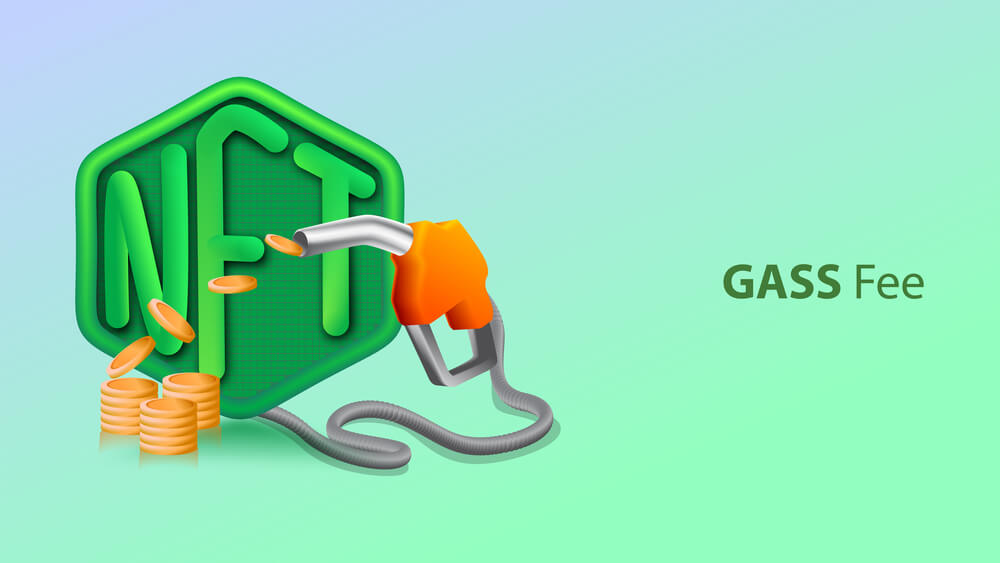The British Museum wants to enter the metaverse via a partnership with The Sandbox. Reports indicate that the museum wants to create a wide range of NFT digital collaborations in partnership with its licensing partner, French startup LaCollection. These nonfungible tokens will reflect the breadth and depth of The British Museum’s collections, providing new immersive experiences.
This partnership with The Sandbox to develop NFT digital collectibles is designed to offer new immersive experiences in the metaverse.
The British Museum Dives Into The Metaverse
The British Museum confirmed that it will also set up its in-house immersive space within The Sandbox’s online game world, joining modern cultural icons such as McDonald’s, Adidas, Snoop Dogg, and Gucci. Sebastien Borget, The Sandbox COO and co-founder, was excited about the partnership, saying that it is a great opportunity for gamers to learn about the wealth of human history, culture, and art that The British Museum has to offer.

A History Of Web3 Partnerships
This development is not the museum’s first investment into the Web3 industry. It has previously partnered with LaCollection on three NFT collections, beginning with an auction of 200 digital postcards of works by Katsushika Hokusai in September 2021. That was followed by an auction of 20 tokenized versions of works done by British artist Joseph Mallord William Turner in the spring of 2022, and most recently, an NFT artwork sale that featured 20 pen and chalk drawings from The British Museum’s collection by Venetian-born draftsman, Giambattista Piranesi.
Adopting Digital Innovation
The British Museum’s venture into the metaverse and the NFTs shows its eagerness to explore new and innovative means of sharing its collection and reaching some new audiences. It also reveals the growing trend of traditional institutions adopting digital innovations to grow their reach and engagement.
A New Era Of Digital Collectibles
The British Museum’s presence in the metaverse represents a new era of digital collectibles and cultural interactions. As more institutions adopt Web3 technologies, the possibility for global access to historical treasures and artistic masterpieces becomes majorly accessible. The convergence of traditional heritage and advanced technology is pushing cultural institutions into a future where the past seems to meet the present in a virtual world.

